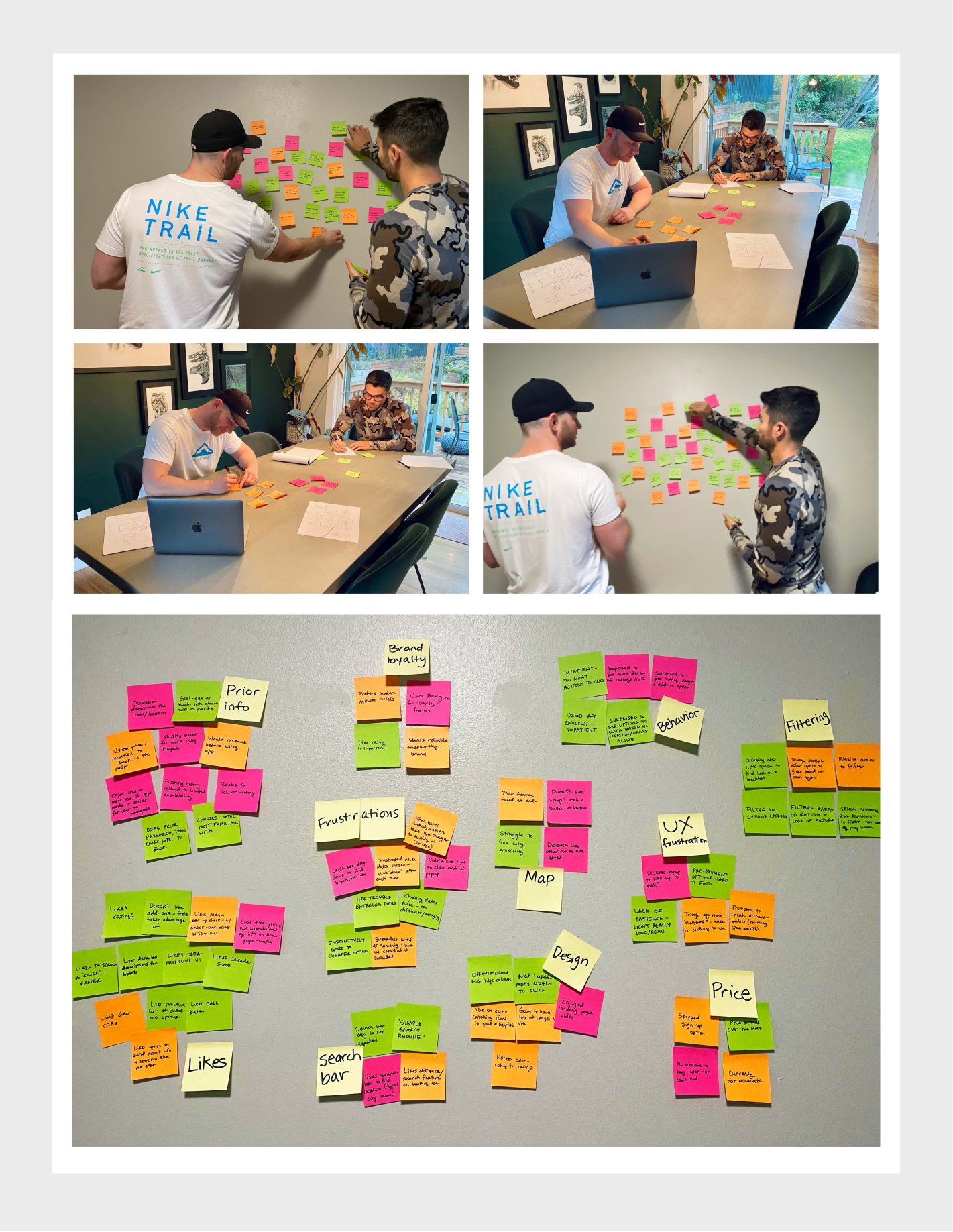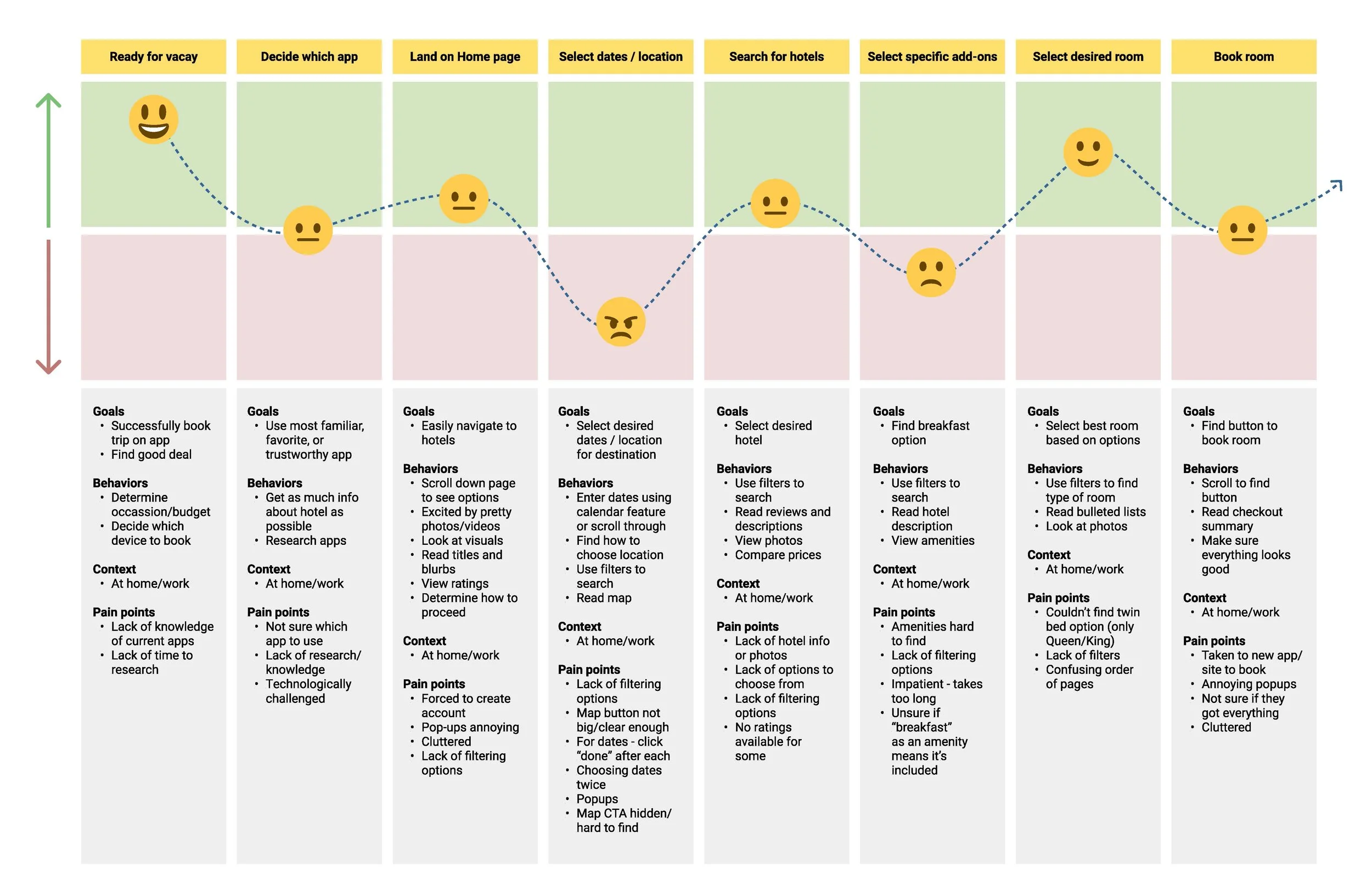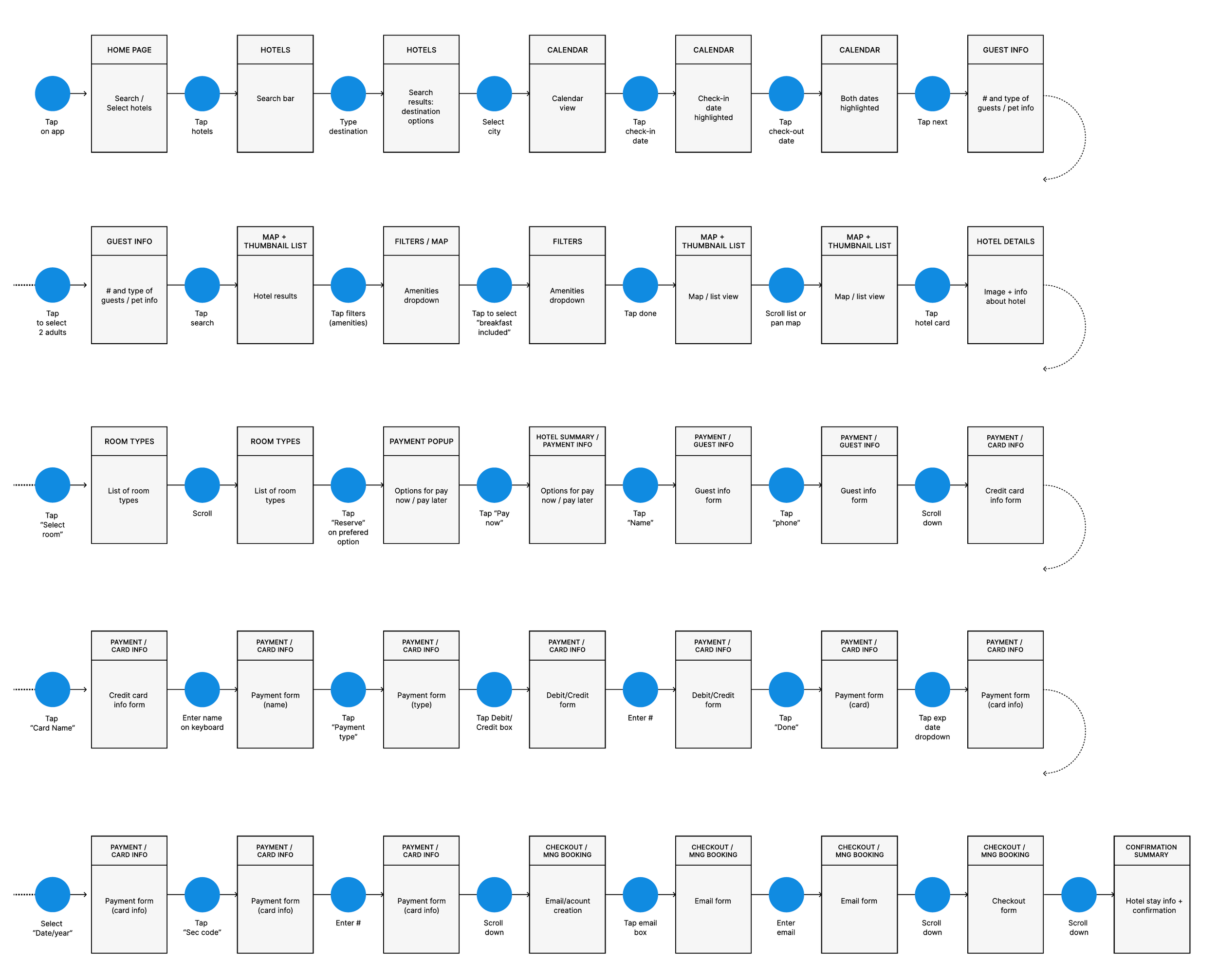UX/UI – Travel App Exploration
Role: UX/UI Design
Tools: Figma, Adobe CC
Client: Personal Project
To fulfill my passion for complex design systems, human interaction and research, I obtained a certification in UX/UI Design from the UX Design Institute in 2021. I created a medium-fidelity prototype using the UX/UI skills learned throughout the year-long program, which you can see outlined below.
Research and user testing
Strong, focused research is fundamental to understanding the problems we are attempting to solve for users and is the key ingredient underpinning UX Design.
This video shows the user interview and usability test I conducted using existing well-known travel apps. This helped give me a better understanding of the user and their potential pain points, which helped inform my future UX design decisions.
Affinity diagram session
Being able to successfully run an affinity diagram session is an extremely important part of the UX design process. It allows us to sort through large volumes of data and get to the root of our findings.
During this stage, I sought the help of some good friends to review all of the research from previous work. We put pen to paper and took detailed notes, then created an affinity diagram to represent those learnings.
This process helped with further analysis and making important design decisions in upcoming stages for this project. I learned how to put structure on qualitative research data and found a new appreciation for how powerful collaborative analysis can be.
Customer journey map
Building on the work from creating the affinity diagram, I put even more structure on the analysis of my research data. I created a customer journey map by translating research data into a structured document.
Here, you can easily see where users experienced the most pain points –specifically around excessive pop-ups, lack of filtering options, and map functionality.
Flow diagram for mobile
Now on to the fun stuff – understanding how users will flow through the app. In this stage, I aimed to fix the issues I uncovered during my research highlighted in my affinity diagram and customer journey map. I defined a high-level booking flow for the mobile app with one primary use case. This helped lay the groundwork on which to build my designs in future stages.
Wireframing
I continued the design process for the mobile app booking process before diving straight into Figma. I built on the flow diagram and sketched the full screens and screen states for users flowing through the mobile app. This was a very important part of the process – making sure I addressed all issues, which involved several rounds of iterations.
Prototyping
After defining much of the solution with flow diagrams and sketches, I added interactivity by building a medium-fidelity prototype for my mobile app. I designed the entirety of the app so that I could effectively test the high-level flow, screen layouts, text, and basic interactions. Overall UI design and prototyping were built using Figma.




